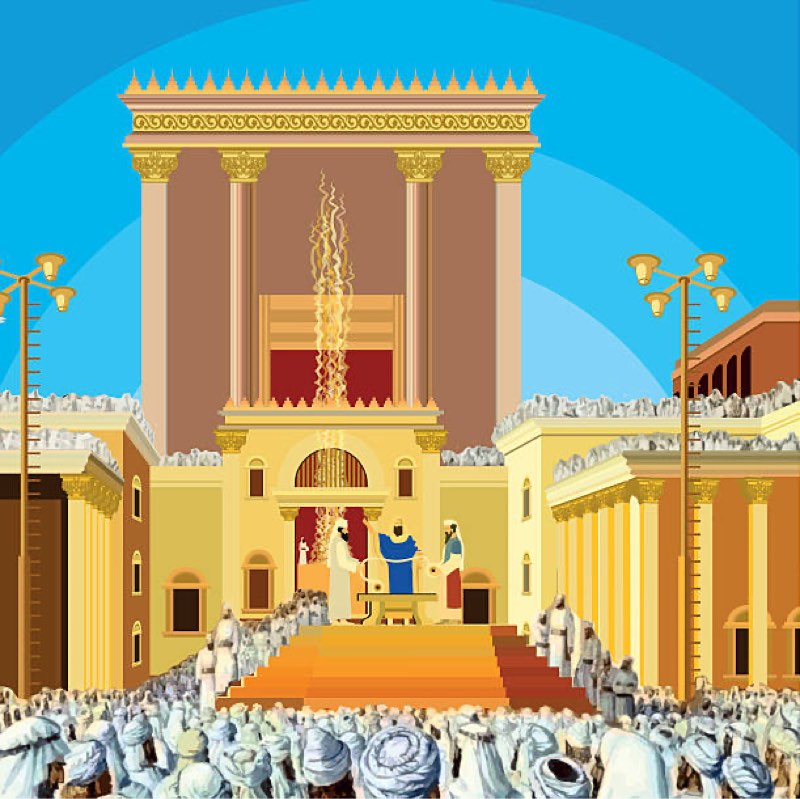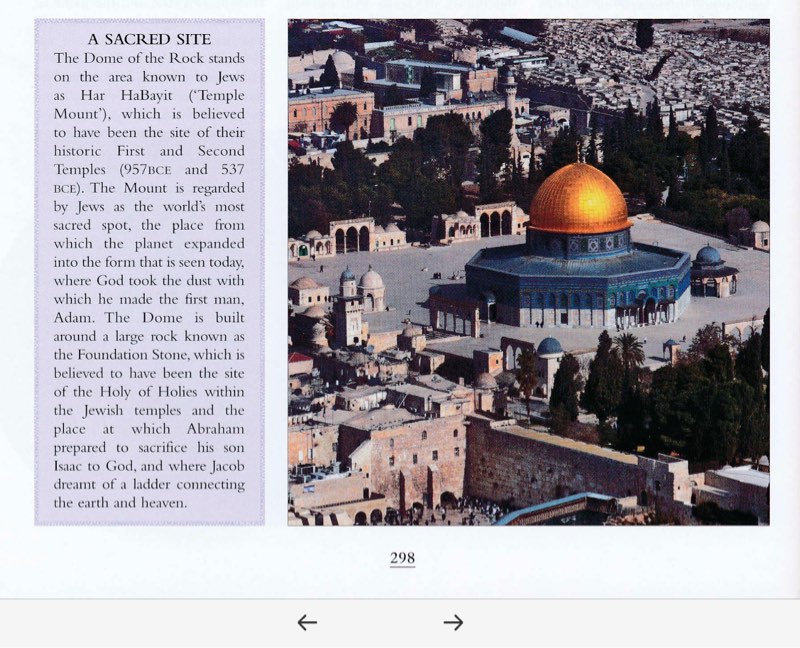How is the event of the destruction of two Jewish temples portrayed in Surah 17:5-7 according to the Quran?
In Surah Al-Isra (Surah 17), verses 5-7 of the Quran, the destruction of two Jewish temples is portrayed through a description of the consequences of the Israelites' actions and the resulting divine retribution. Here is the translation and the interpretation of these verses:
Translation of Surah Al-Isra, Verses 5-7:
Verse 5:
"So when the promise came for the first of the two, We sent against you servants of Ours, those of great military might, and they probed even into the homes, and it was a promise fulfilled."
Verse 6:
"Then We gave you, once again, a return of victory over them. And We reinforced you with wealth and sons and made you more numerous in manpower."
Verse 7:
"[And said], 'If you do good, you do good for yourselves; and if you do evil, [you do it] to yourselves.' Then when the final promise came, [We sent your enemies] to sadden your faces and to enter the temple in Jerusalem, as they entered it the first time, and to destroy what they had taken over with [total] destruction."
Interpretation:
1. First Destruction (Verse 5):
The first destruction is described as a fulfillment of a divine promise due to the Israelites' transgressions. God sent powerful enemies ("servants of Ours") who invaded their land and caused significant destruction, including entering their homes. This is often understood to refer to the destruction of the First Temple by the Babylonians under King Nebuchadnezzar in 586 BCE.
2. Period of Restoration (Verse 6):
After the first destruction, God granted the Israelites a period of restoration and prosperity. They were given victory over their enemies, an increase in wealth and offspring, and a growth in their numbers. This could refer to the return from Babylonian exile and the rebuilding of the Second Temple under Persian rule.
3. Second Destruction (Verse 7):
The final promise refers to the second destruction due to the Israelites' continued disobedience. Their enemies would once again invade, cause sorrow, and enter the temple in Jerusalem, leading to another total destruction. This is commonly interpreted as the destruction of the Second Temple by the Romans in 70 CE.
Summary:
These verses depict a cyclical pattern of the Israelites' faith and transgressions, divine retribution, and periods of restoration. The destruction of the two temples is seen as a consequence of their actions, with divine intervention bringing about both punishment and opportunities for renewal. This narrative emphasizes the concept of accountability and the direct impact of the community's deeds on their collective fate.



